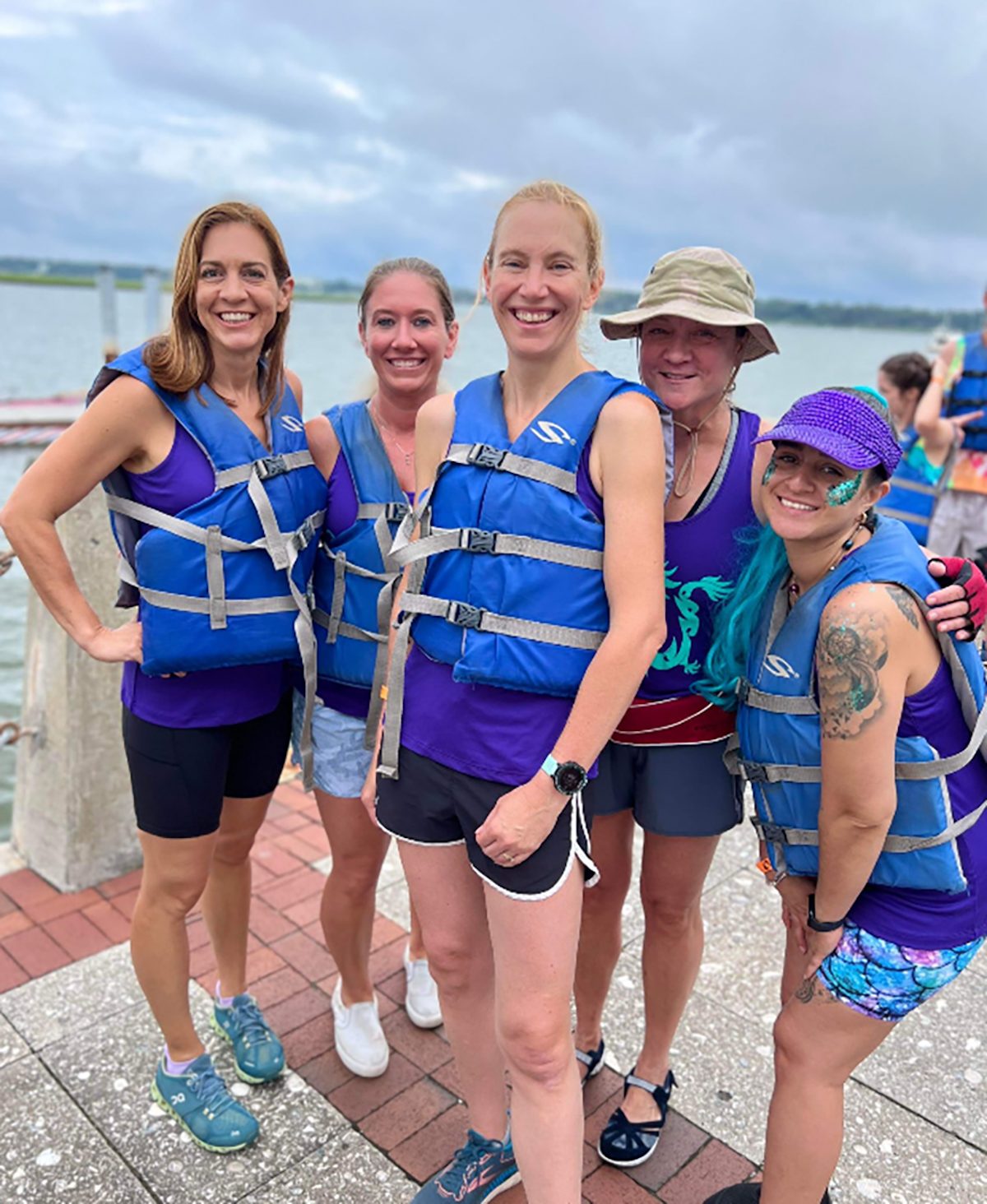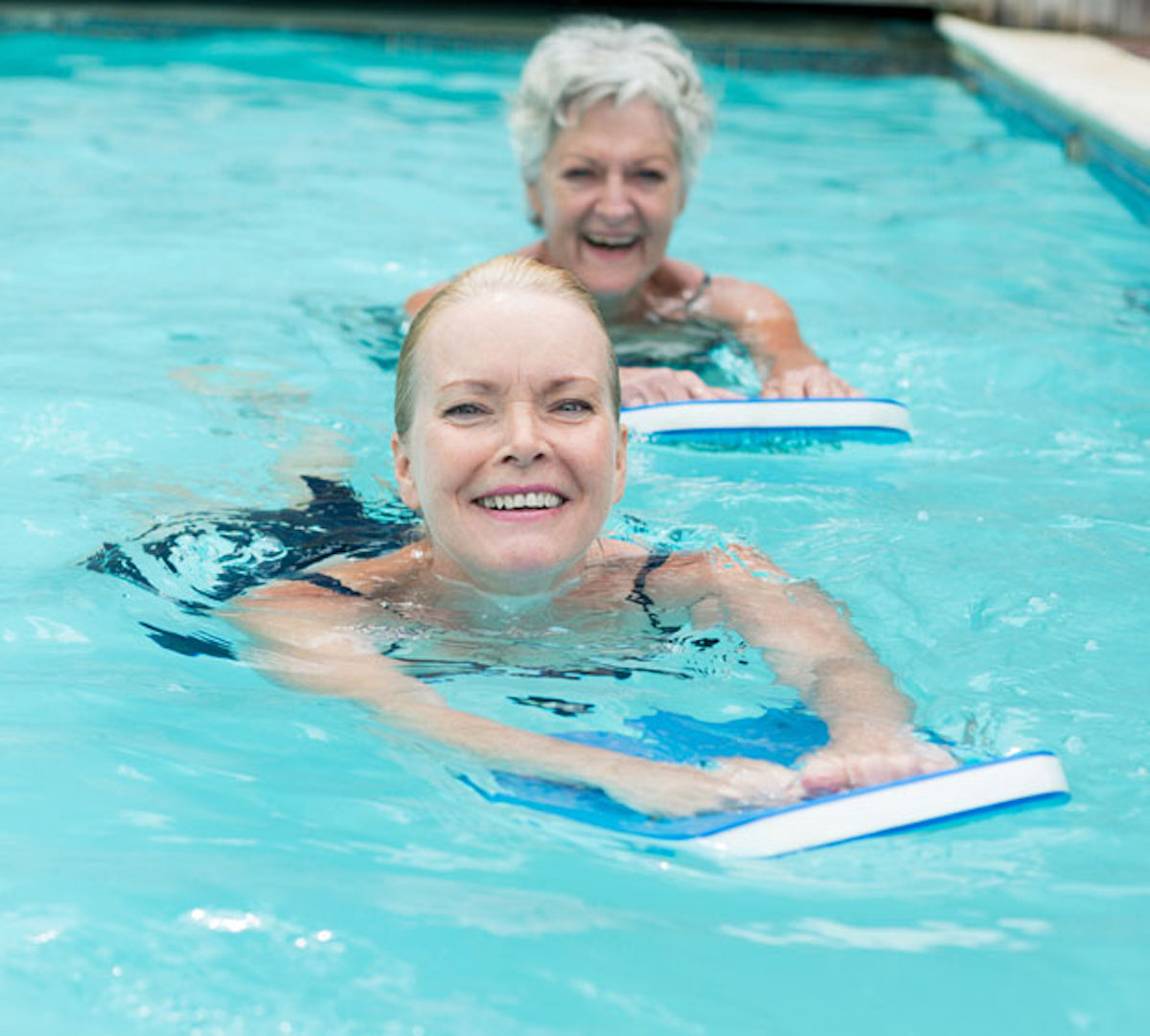By Dr. Jennifer Wallace
Obstructive Sleep Apnea (OSA) syndromes afflict various age groups. Approximately 17-20% of adults have OSA, or 15 million Americans, and 90% goes undiagnosed. OSA is reported to be more prevalent in middle-aged men (24%) compared with women (9%) in the United States between the ages of 30 and 60 years, but the true prevalence may be higher. These patients can also suffer from hypertension, cardiovascular disease, and obesity-metabolic syndrome.
Daytime sleepiness is the most common complaint among patients with OSA. Patients may notice difficulty with attention, concentration, memory, judgment, erectile dysfunction and impaired performance of tasks requiring dexterity.
Nocturnal symptoms in OSA include loud snoring with brief gasps alternating with episodes of silence lasting from 20 to 30 seconds occurs frequently. Spouses report apnea episodes terminated by gasps, choking sounds, snorts, vocalizations, or brief awakenings. Restlessness manifested as tossing and turning, probably caused by increased respiratory effort related to upper airway obstruction, has been described in about half of the patients. Other symptoms can be sensation of choking interrupting sleep, esophageal reflux; dryness of the mouth and drooling.
Treatment for symptomatic OSA syndromes is influenced by the severity of sleep apnea. CPAP therapy can be used for all categories of OSA and represents the first line of therapy for moderate to severe OSA. Compliance is the key to any OSA treatment. CPAP patients often complain of noise, partner intolerance, inconvenience, as well as : mask problems (leaking mask, mask rubbing, skin rash or abrasion, conjunctivitis); side effects (nasal congestion, sinus discomfort, claustrophobia, difficulty exhaling, and incomplete resolution of symptoms (frequent awakening, persistent fatigue or sleepiness).
For mild forms of OSA, nonsurgical options include weight loss; avoidance of sleep deprivation, alcohol, nicotine, and sedatives; body positional therapy (pillows to avoid sleeping in the supine position); and Oral Dental Appliances.
Oral appliances, also called dental appliances or devices are useful for mild OSA and for patients with moderate or severe OSA who are unable or unwilling to tolerate CPAP and who have failed surgery or are not surgical candidates. Oral appliances work by increasing airway space, providing a stable anterior position of the mandible, and advancing the tongue or soft palate. The American Academy of Sleep Medicine recommends dental devices for patients with mild-to-moderate obstructive sleep apnea who are not appropriate candidates for CPAP or who have not been helped by it. (CPAP should be used for patients with severe sleep apnea whenever possible.)
Dr. Wallace can be reached at 843-524-7645.






